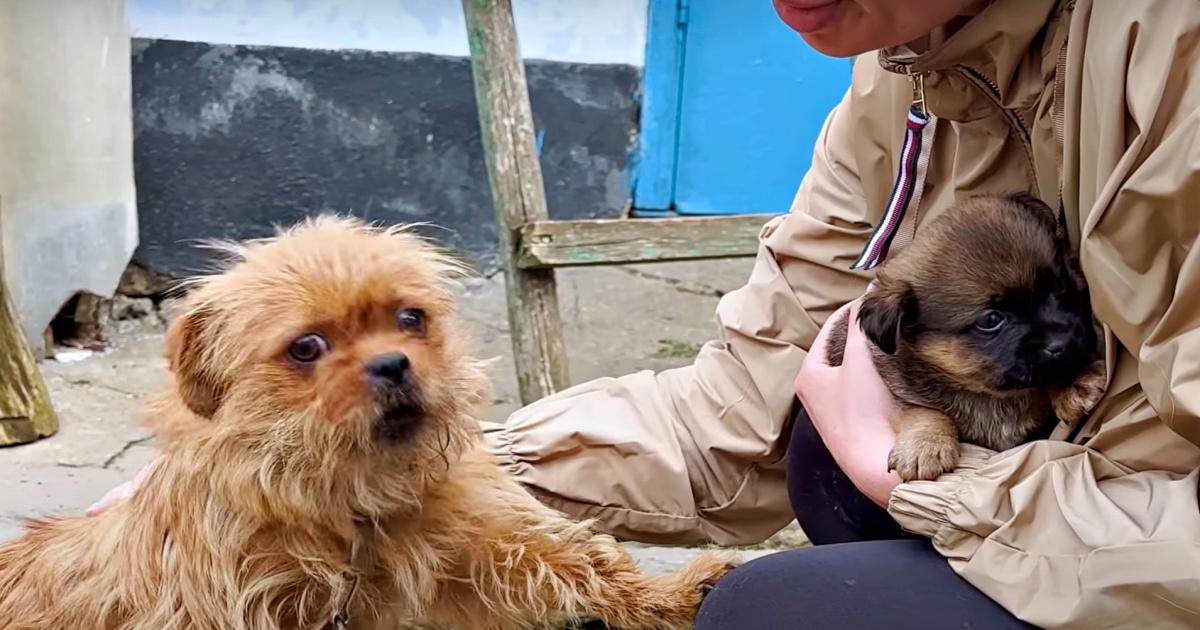Despite their enriching role in our lives, cats remain a devastating influence on native species … [+]
© Rtvik BM
When we think of the reasons why animal species go extinct, it’s usually invasive species like rats or snakes that come to mind. And climate change is never out of the picture.
In reality, though, one surprising animal stands out on this list—your friendly neighborhood domestic cat.
Cats might seem like sweet, harmless companions, but their impact on global ecosystems is anything but benign. Beneath their soft fur and playful demeanor hides one of nature’s most effective predators—stealthy, adaptable and relentless.
Any time you see a cat moving about in stealth mode, it’s likely closing in on a native creature for its next meal. With no particular favorites and a bottomless appetite, cats—both domestic and feral—have been contributing to the extinction of one species after the next to become one of the world’s most invasive predators.
From birds to mammals and everything in between, cats can be linked to 63 extinctions in modern times, according to a July 2016 study published in the Proceedings of the National Academy of Sciences. Now, new research has shed more light on just how devastating this lovable little creature can be.
The Feline Diet Includes Over 2000 Species
The average cat does not discriminate, at least not when it comes t0 food.
A December 2023 study published in the journal Nature Communications catalogued 2,084 species preyed upon by cats. Of these, 347 species were classified as threatened, near-threatened or extinct by the International Union for Conservation of Nature (IUCN).
In Australia alone, feral cats kill over 2 billion native animals annually, a toll that has decimated populations of small marsupials, reptiles and ground-nesting birds.
In the United States, domestic and feral cats are responsible for the deaths of approximately 2.4 billion birds and 12.3 billion small mammals every year.
Going by the numbers, it is evident that cats love clipping wings and snapping bird bones more than any other taxonomic groups on their hit list. Of the 2,084 species preyed upon by cats, 981 were birds—followed by 463 reptiles.
Cats can survive on a diet solely made of meat, expanding its menu to every creature in its vicinity … [+]
getty
Featured among the extinct species linked with cats is the Stephens Island wren or the Lyall’s wren (Traversia lyalli), whose extinction was spurred on by the arrival of a housecat named Tibbles. Other victims range from the Hawaiian crow (Corvus hawaiiensis) to the New Zealand quail (Coturnix novaezelandiae), both now extinct in the wild and native to islands.
While plans to reintroduce the Hawaiian crow to the wild are underway, the ecological impact of cats is sharply evident on islands, where native species are particularly vulnerable. For example, on the Galápagos Islands, feral cats remain among the top threats to the critically endangered Galápagos petrel (Pterodroma phaeopygia).
Cats Sit At The Top Of Island Food Chains
The ecological havoc wrought by cats varies significantly between islands and mainlands.
On islands, where native species often evolved without major predators, cats can be devastating. Ground-nesting birds, slow-moving reptiles and small mammals are particularly vulnerable.
The lack of defensive behaviors among these species—combined with cats’ exceptional hunting prowess—has led to catastrophic population declines and even extinctions.
Island ecosystems are inherently fragile, and the introduction of an apex predator like the cat disrupts the delicate balance. In fact, island ecosystems house three times the number of species of conservation concern linked to cats than continents.
On the mainland, the impact of cats is more nuanced.
While native species on larger landmasses have often coexisted with predators, cats still pose significant threats, especially in urban and suburban environments. Here, cats exploit fragmented habitats and thriving populations of small mammals and birds, further straining ecosystems already under pressure from human development.
Their presence can outcompete or eliminate native predators and disrupt food chains. However, the greater diversity of predators and competitors on the mainland often mitigates the level of destruction seen on islands.
What Makes Cats Such Relentless Predators?
The invasive abilities of cats are drawn from a combination of biological traits and human support, applied to devastating effect.
- Cats reproduce at astonishing rates. A single female cat can produce up to 180 kittens in her lifetime under optimal conditions. This exponential growth enables feral populations to establish and expand rapidly, especially in areas with abundant food and minimal predation.
- They have versatile hunting skills. This ensures they’re capable of hunting a broad range of prey, from birds and rodents to reptiles and even insects. They are equipped with retractable claws, sharp teeth, acute night vision and exceptional hearing, making them adept hunters during both day and night.
- Cats just need meat to keep going. It can come from any animal, as long as they have their fill. Over the years, evolution has helped cats to survive on nothing more than animal tissue and metabolic water extracted from a diet of fish or meat alone. This makes them opportunistic predators who will easily adapt their diet to thrive in any environment.
- Cats can also adapt their behavior. As solitary, territorial hunters, they use stealth and ambush tactics to outwit their prey. Their capacity for patience and persistence allows them to exploit even the most cautious or elusive species.
- They lean on human support. Unlike other invasive predators, domestic cats receive direct and indirect support from humans. Many feral cats rely on food scraps, garbage, or deliberate feeding by well-meaning individuals, which buffers them from natural selection pressures like starvation. Even well-fed domestic cats continue to hunt for sport, exacerbating their ecological impact.
Despite cats’ predatory nature, attempts are often made to prevent them from wreaking havoc without removing them from the ecosystem—like the trap-neuter-return (TNR) method which is aimed at keeping the feral cat population in check. Their extensive reach and ability to spread to new areas, however, means cats continue to influence every continent besides Antarctica.
And while cats remain beloved companions to many, their role as one of the world’s most destructive invasive species underscores the need for responsible stewardship. Balancing our affection for these animals with the urgent need to protect vulnerable wildlife is not just a challenge—it is an ecological imperative today.
While cats might be predatory to a number of species around the world, we still share a powerful bond with our pet cats. How tuned in are you to your cat’s needs and behaviors? Find out now by taking this 2-minute Pet Personality Test.





